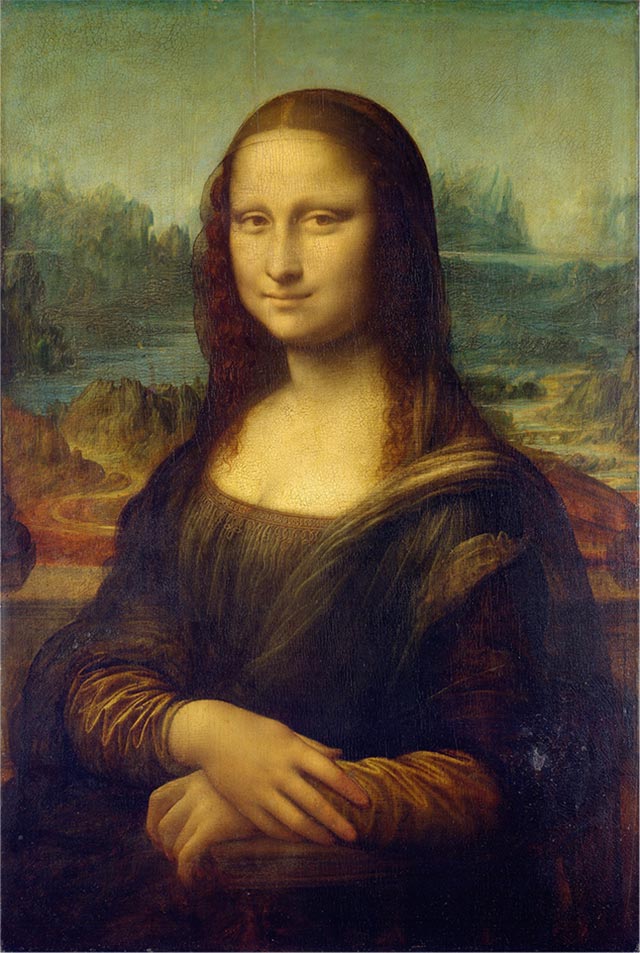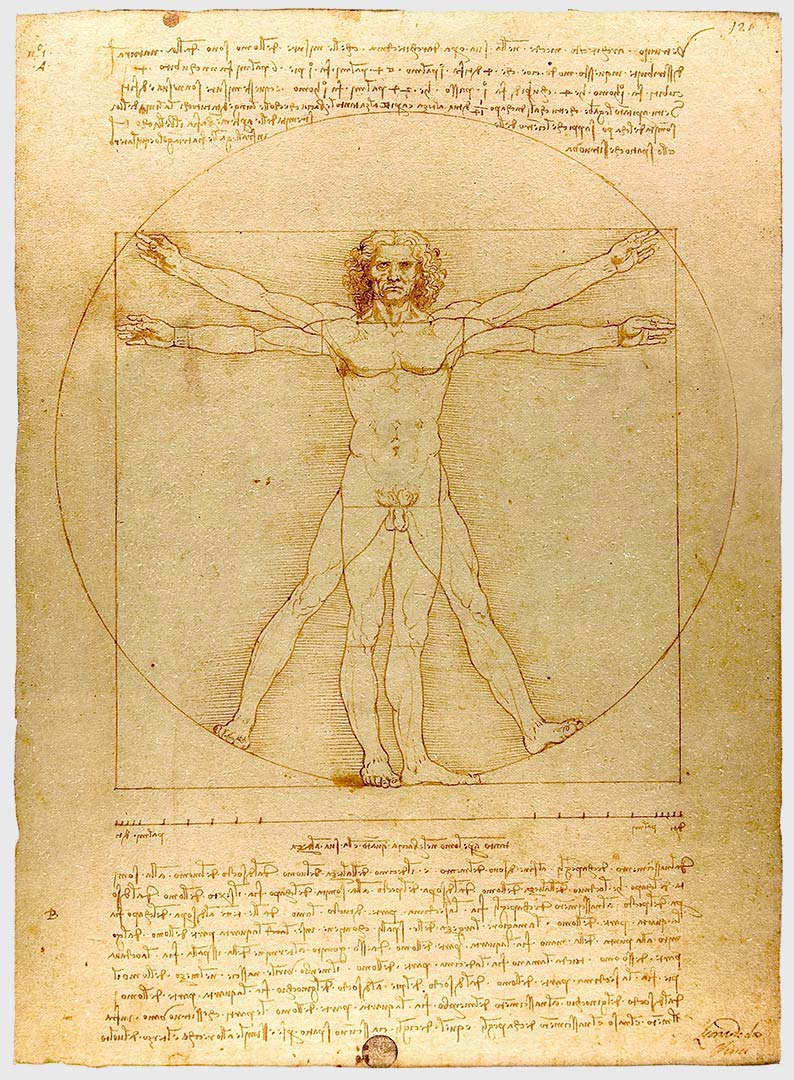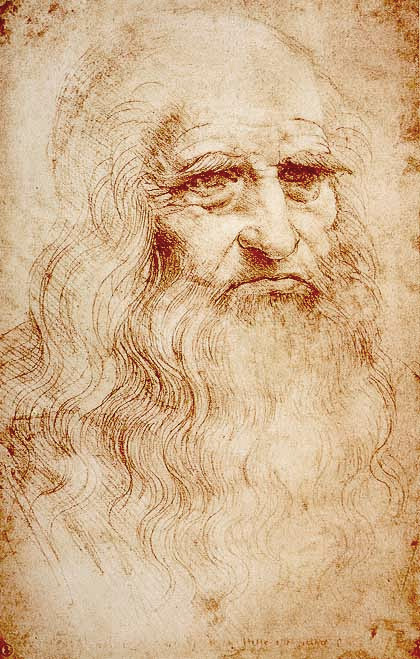
MONA LISA, painted by the renowned artist Leonardo da Vinci in the early 16th century, is one of the most famous artworks in the world.
This intriguing portrait of an unnamed woman has captivated audiences for centuries, leaving them mesmerized by her enigmatic smile and piercing gaze.
Leonardo da Vinci began working on the painting in 1503 and continued refining it until around 1517. The subject of the portrait is believed to be Lisa Gherardini, a Florentine woman of high social standing. The painting, known as La Gioconda in Italian, was created using oil paint on a poplar panel, a technique that was revolutionary for its time.
Mona Lisa’s composition is meticulously crafted, showcasing Leonardo’s mastery of technique and his keen eye for detail. The use of sfumato, a technique that involves the delicate blending of colors and tones, gives the painting its ethereal quality. The seamless transitions from light to shadow and the subtle gradations in color create a lifelike portrayal of the subject.
The most striking aspect of Mona Lisa is undoubtedly her enigmatic smile. It has been the subject of much speculation and interpretation. Some argue that her smile is mysterious and seductive, while others perceive it as enigmatic and elusive. This ambiguity has contributed to the painting’s enduring fascination, as viewers continue to debate the emotions and thoughts behind that enigmatic expression.
Beyond the smile, Mona Lisa’s gaze also holds a captivating power. Leonardo employed a technique known as sfumato to soften the outlines of her eyes, giving them a depth and intensity that draws viewers in. The eyes seem to follow you no matter where you stand, creating a sense of intimacy and connection between the viewer and the subject.
Throughout history, Mona Lisa has been admired by countless artists, scholars, and art enthusiasts. Its influence extends far beyond the art world, inspiring literature, music, and popular culture. The painting has survived theft attempts, vandalism, and countless imitations, testifying to its enduring status as an iconic masterpiece.
Today, Mona Lisa is housed in the Louvre Museum in Paris, where millions of visitors flock each year to catch a glimpse of her enigmatic presence. The painting continues to captivate audiences and remains a testament to Leonardo da Vinci’s extraordinary talent and artistic vision.
In conclusion, Mona Lisa is a timeless masterpiece that continues to intrigue and beguile viewers with its enigmatic smile and arresting gaze. Leonardo da Vinci’s skillful technique and attention to detail have cemented its place as one of the most iconic artworks in history, ensuring its legacy for generations to come.
"Leonardo Da Vinci was a superb painter, sculptor, architect, engineer, inventor, and anatomist whose voracious curiosity and unbounded imagination knew no limitations."
“Vitruvian Man”, circa 1492

Leonardo da Vinci, born in Vinci, Italy, in 1452, is one of history’s most renowned polymaths. Widely regarded as a genius, Leonardo excelled not only in the field of painting but also in various other disciplines, including engineering, anatomy, sculpture, architecture, and more. He is often hailed as the epitome of the “Renaissance Man,” embodying the spirit of intellectual curiosity and artistic excellence that characterized the Renaissance period.
Leonardo’s contributions to the world of art are exceptional, with his works leaving an indelible mark on the history of painting. His mastery of techniques such as sfumato, the subtle blending of colors and tones, and chiaroscuro, the dramatic interplay of light and shadow, brought his paintings to life with a sense of realism and depth. Some of his most famous works include “Mona Lisa,” an enigmatic portrait that continues to captivate audiences worldwide, and “The Last Supper,” a monumental mural depicting the biblical scene with remarkable emotional depth. Leonardo’s keen observation of nature, meticulous attention to detail, and his ability to infuse his subjects with humanity set him apart as a true pioneer in the art world. His artistic legacy continues to inspire and influence countless artists to this day, making him an enduring figure in the annals of art history.

Visit the websites below for additional information and extensive articles about Leonardo da Vinci’s life and career.
Explore the Largest Online Archive Exploring the Genius of Leonard da Vinci
The Ingenious Inventions of Leonardo da Vinci Recreated with 3D Animation
Da Vinci — The Renaissance Man: The Inventor. The Scientist. The Artist.
Google Arts & Culture’s new initiative Inside a Genius Mind
Leonardo da Vinci — Wikipedia Article
Universal Leonardo — a programme aimed at deepening the understanding of Leonardo da Vinci